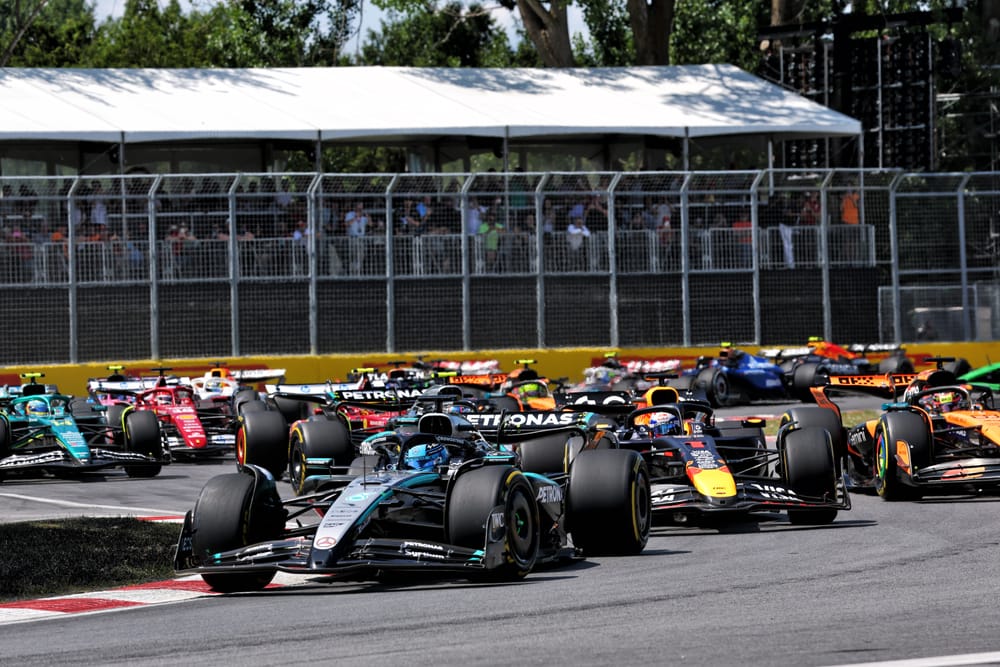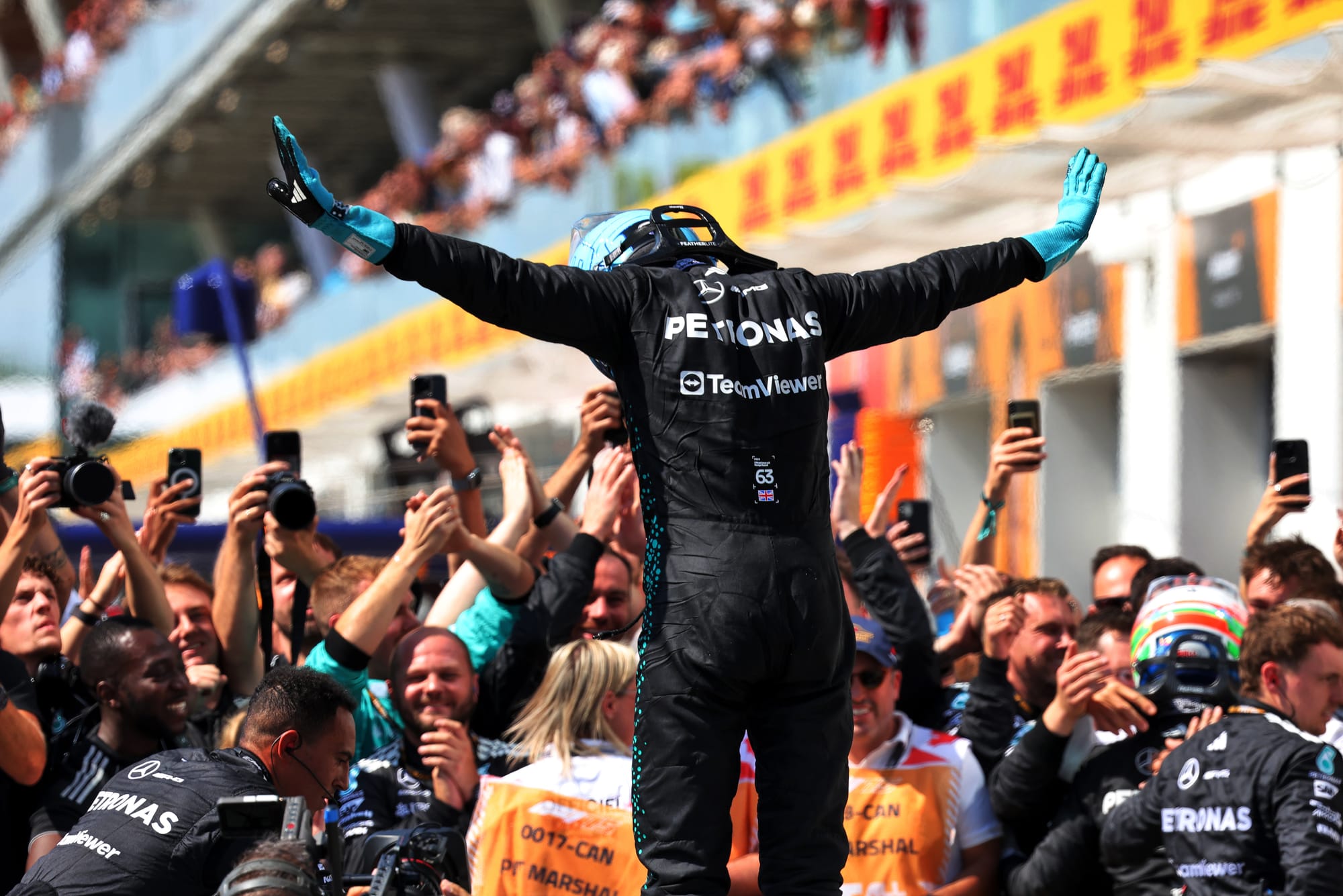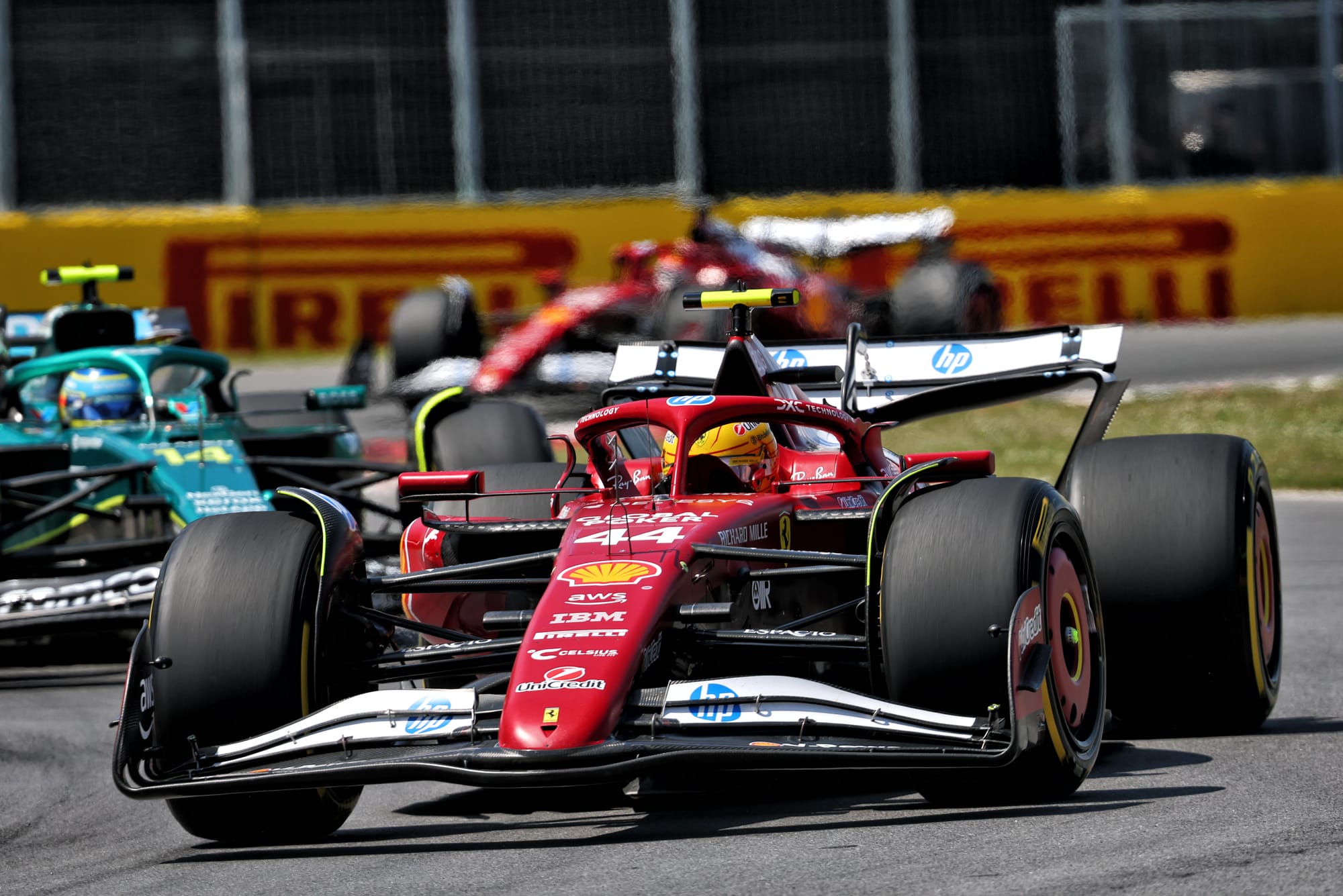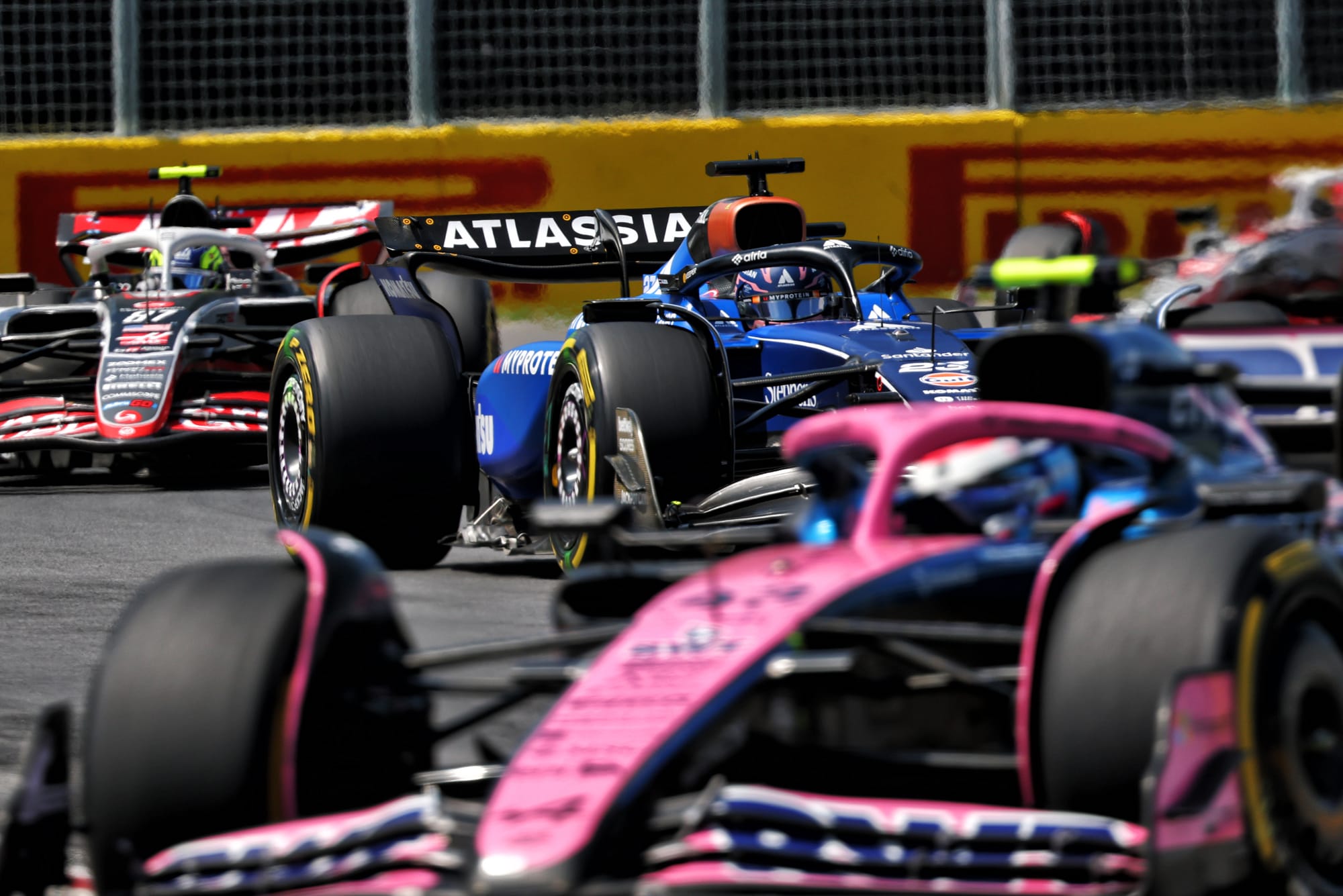A clash in the final laps between the two McLarens, and a post-race protest against winner George Russell, added some late controversy to a very revealing Canadian Grand Prix.
From F1 2025's new race winner to a team getting left behind at the foot of the championship, here are eight things we learned from Montreal.
Russell got under Red Bull's skin all weekend
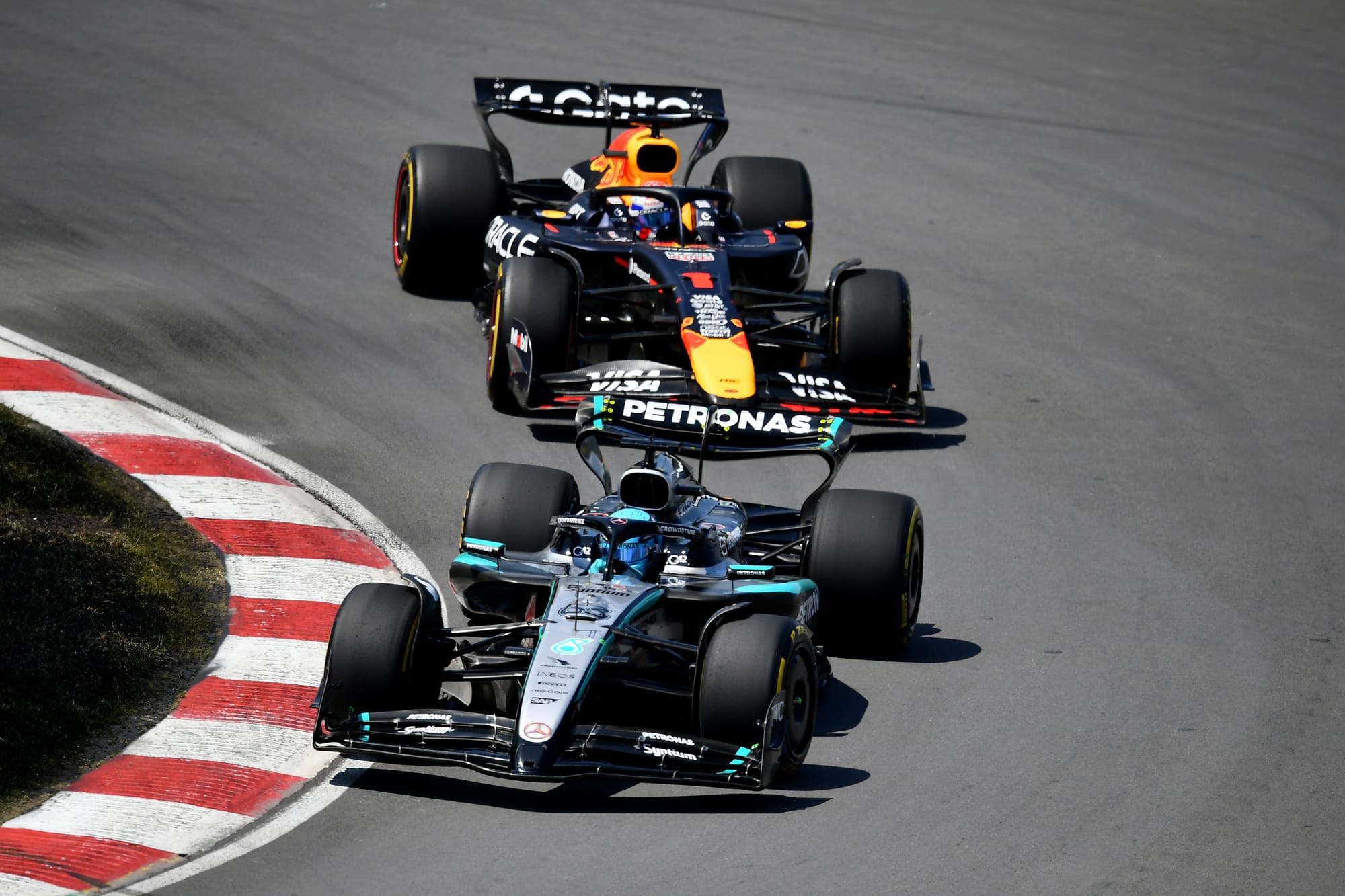
Max Verstappen's proximity to a race ban was a major talking point in Montreal - and George Russell made sure to take advantage.
Verstappen really didn't appreciate that his potential suspension was subject to so much discussion, or that Russell was wading in at every chance he got.
Russell gently goaded Verstappen off-track in Canada, including a remark that "I've got a few more points on my licence to play with" when discussing the prospect of going wheel-to-wheel with his rival into Turn 1 with them both starting on the front row.
When that was mentioned to Verstappen in the post-qualifying press conference he gave a cutting response, saying it was "really p**sing me off" to keep hearing about it, a "waste of time" and "very childish".
That response seemed a sign Russell was getting under the skin of his rival - and he got under Red Bull's too.
It became obvious during the safety car period at the end of the race that Red Bull feared Russell was trying to bait Verstappen into doing something stupid, when Verstappen's race engineer Gianpiero Lambiase urged him not to fall for the "gamesmanship".
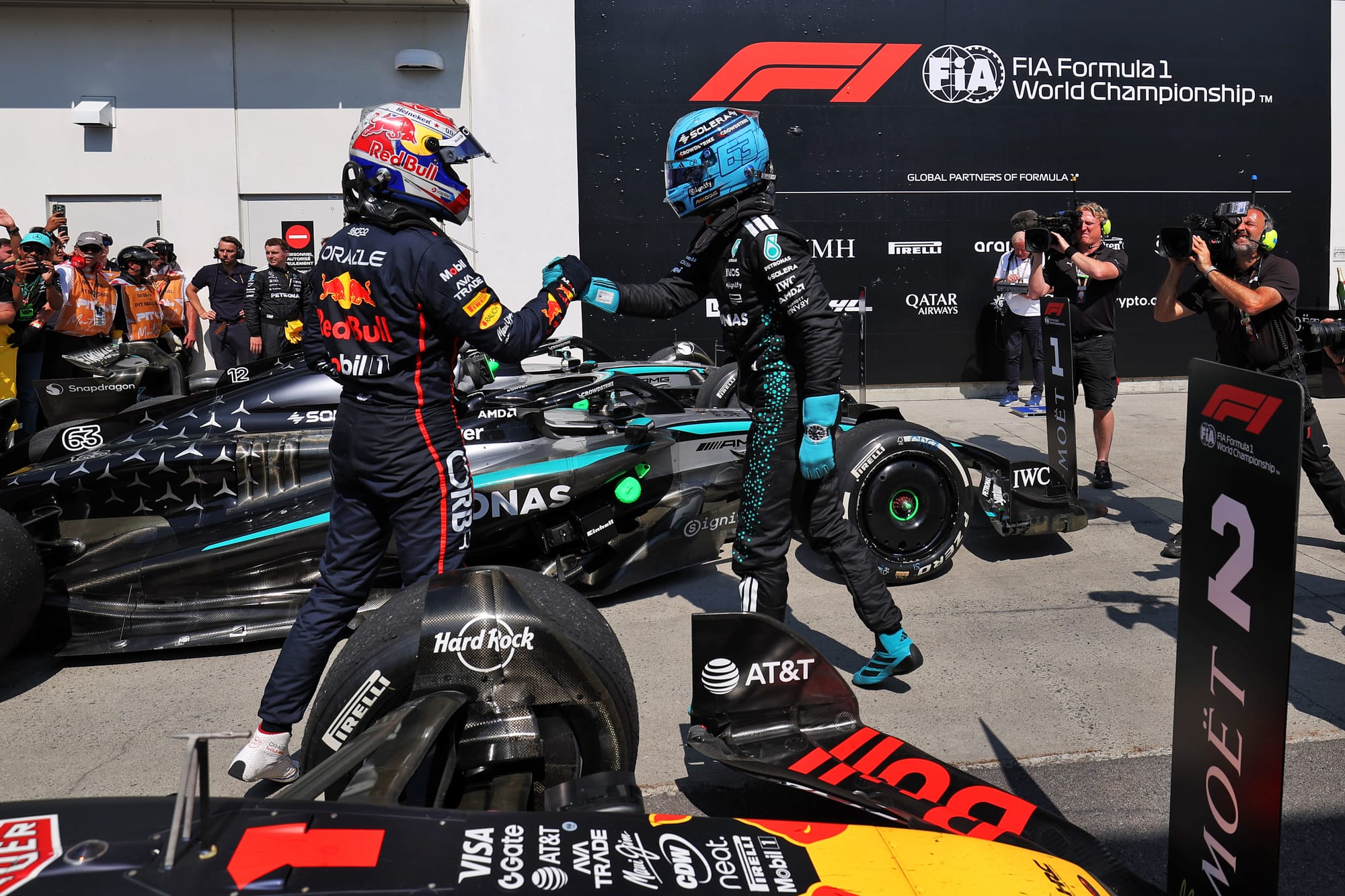
And Red Bull's post-race protest accusing Russell of being unsportsmanlike, which was dismissed by the stewards, had at least a hint of desperation behind it.
So this wasn't just an emphatic display of performance from Russell to take his first pole and win of 2025: it was a successful exercise in winding up his opponents.
Norris frailty is costing him the championship
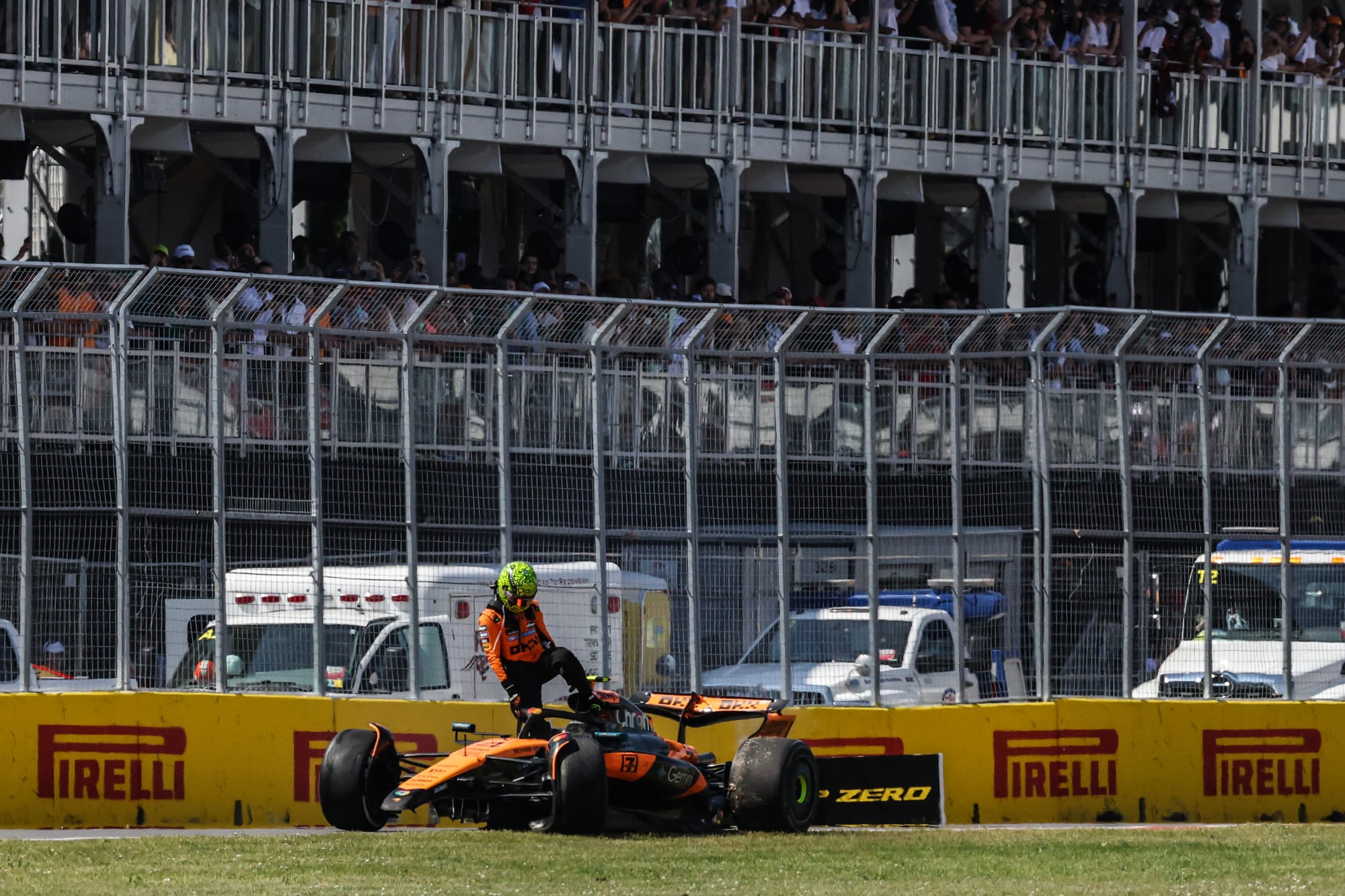
Another Lando Norris mistake, another big bout of self-criticism: and while sometimes Norris does himself a disservice, this was an occasion where it was entirely justified.
The immediate recognition over the team radio that crashing out of the Canada race was "all my fault" and "stupid from me", having driven into the back of team-mate Oscar Piastri trying a move that was never on, was honourable. Norris continues to display good accountability.
But the rate of mistakes is just simply too high and Norris's frailty is costing him the championship.
He made two errors in Q3 that dropped him out of pole contention and left him seventh on the grid, and that late blunder meant instead of potentially trimming the gap to Piastri even more, it ballooned to 22 points: almost a race win's worth.
There were inevitably questions about whether McLaren's right to let its drivers race, how this could have been avoided, and if Norris has shown he can't be trusted.
The most significant takeaway, though, is that it's further evidence that Norris is making too many misjudgements when it counts: and Piastri's grip on their fight, and by extension the title battle, is only getting stronger as a result.
Key Mercedes upgrade is back - with a caveat
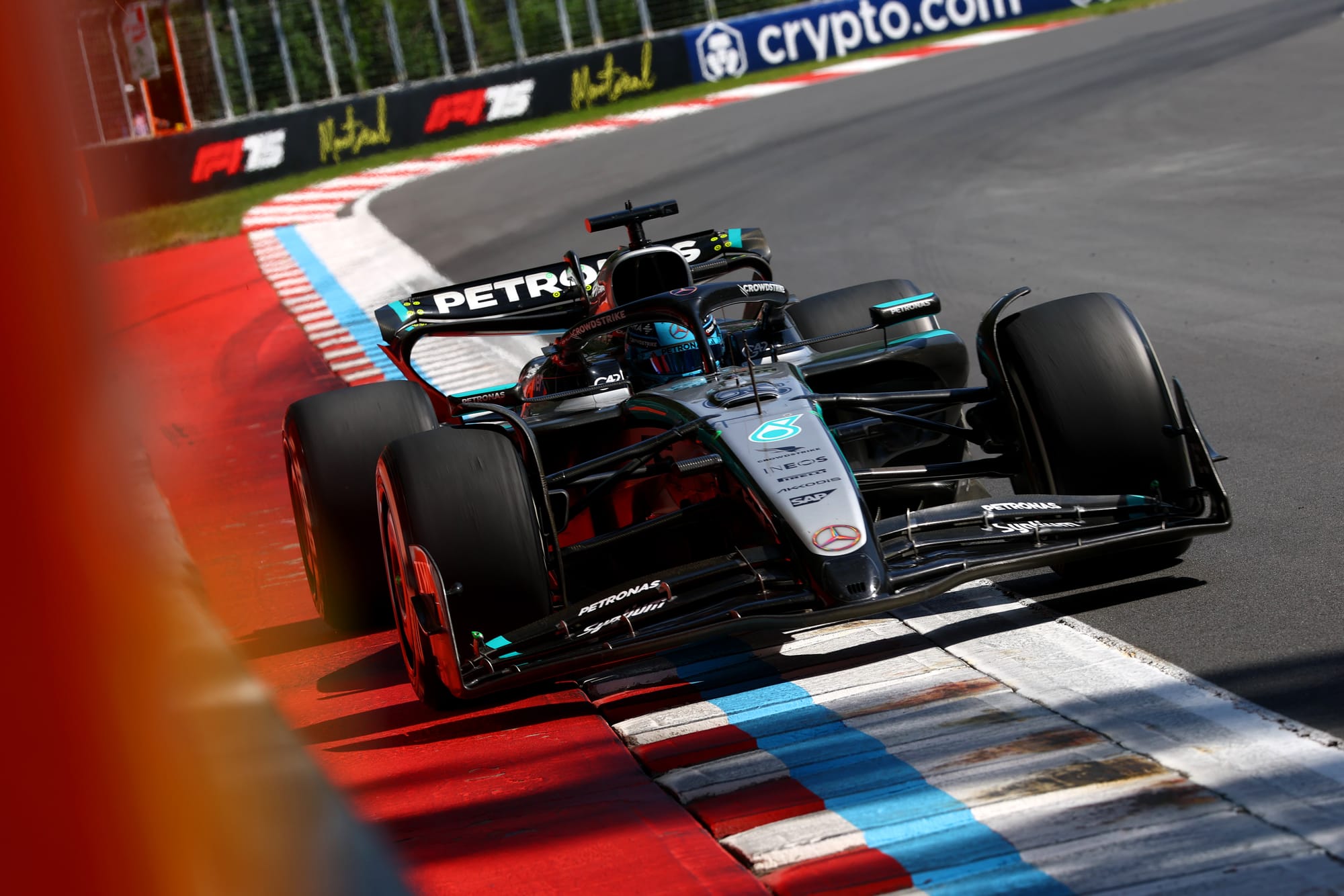
The 2025 Canadian GP now stands as one of Mercedes' very best results in the ground-effect era.
Only the 1-2 finishes earned by Russell and Lewis Hamilton in Brazil 2022 and Las Vegas last year are a better result than Russell’s victory in Canada being backed up by Kimi Antonelli in third.
Antonelli, who is now the third-youngest podium finisher in F1 history, didn't have Russell's pace in qualifying but was still fourth on the grid then jumped championship leader Piastri through the opening corners.
And he showed no sign of the tyre management or race pace issues that undermined his last run near the front in F1, back in May in Miami - which, combined with Russell being so strong out front, could hint at an important step for Mercedes.
The team reintroduced the latest version of its rear suspension, which has a lower inner pickup point for the upper wishbone forward leg, in Canada having parked it for the previous two races.
It was introduced at Imola but dropped immediately in the wake of some uncertainty about its performance impact as both drivers had awful tyre usage and race pace.
Mercedes was confident on review that it had exaggerated its tyre management weakness with set-up choice at Imola, and scoring a double podium with the upgrade back on in Canada, where track temperatures hit 50°C, gives the team a confidence boost.
However, it's slightly caveated, as team boss Toto Wolff pointed out this track lacks the high-speed corners where Mercedes typically suffers more in the heat, and the smooth surface is kinder on tyres too.
Upgraded Aston is F1's fifth-best car
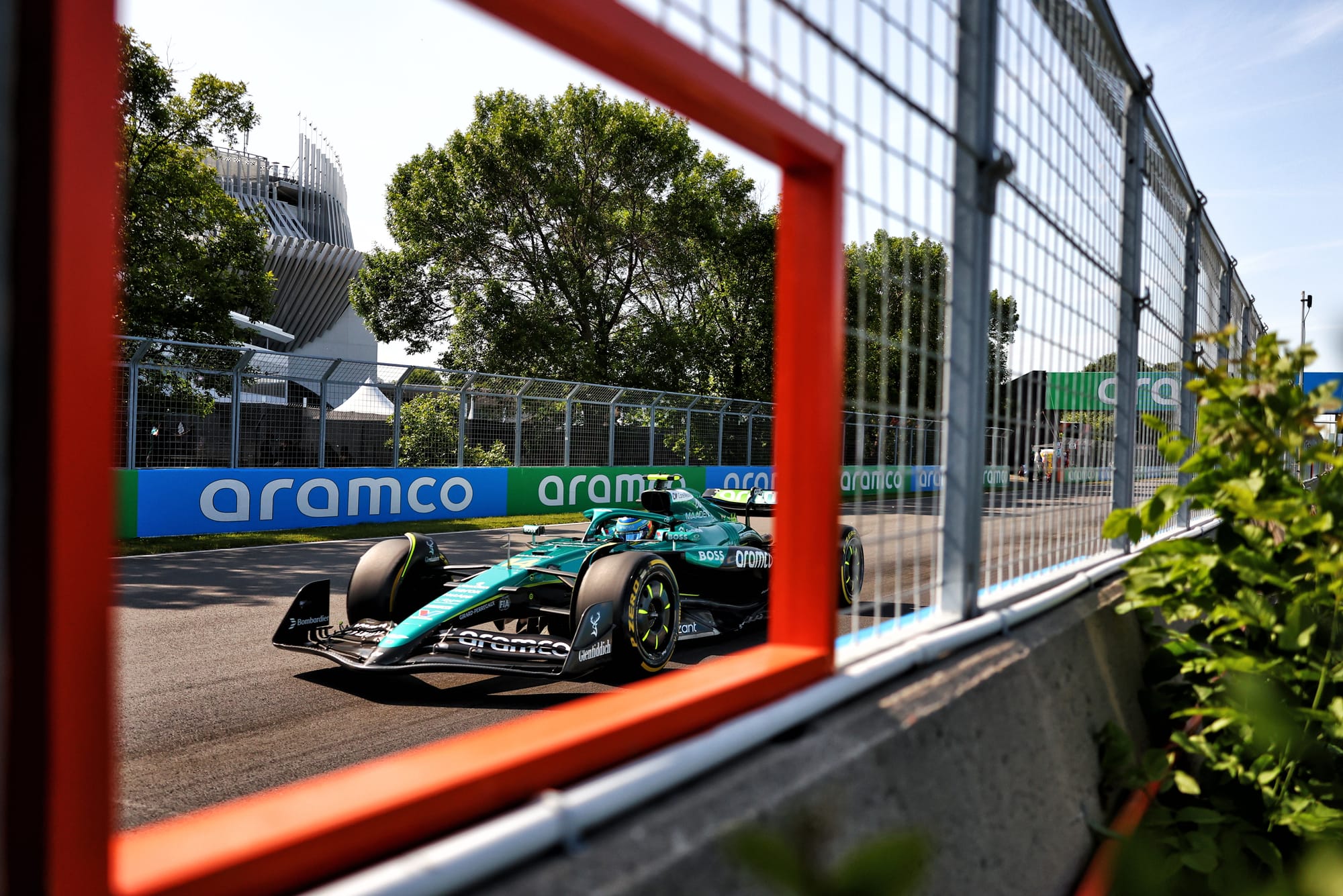
Fernando Alonso's qualifying results since Aston Martin's big development arrived at Imola are fifth, sixth, 10th and sixth. And he has back-to-back points finishes to support that now, too.
Thanks to Canada, Aston Martin is now quicker than Williams and Racing Bulls on average since Imola - and in that time is the only team to have a better supertimes average than in the six races prior.
This was despite concerns that the Montreal track would expose the car's poor aerodynamic efficiency.

Having waited so long for his first points finish of the season, like London buses Alonso's second score came immediately afterwards - this time with a brilliant, assured run to seventh.
The downside for Aston Martin was the other car's performance.
Returning from a one-race absence caused by pain in his right hand, Lance Stroll never looked like getting on Alonso's level after his costly FP2 crash, got knocked out in Q1, and had an anonymous race (save for incurring a penalty for forcing Pierre Gasly onto the grass at high-speed) at the back as a result.
Ferrari's messing up too many opportunities
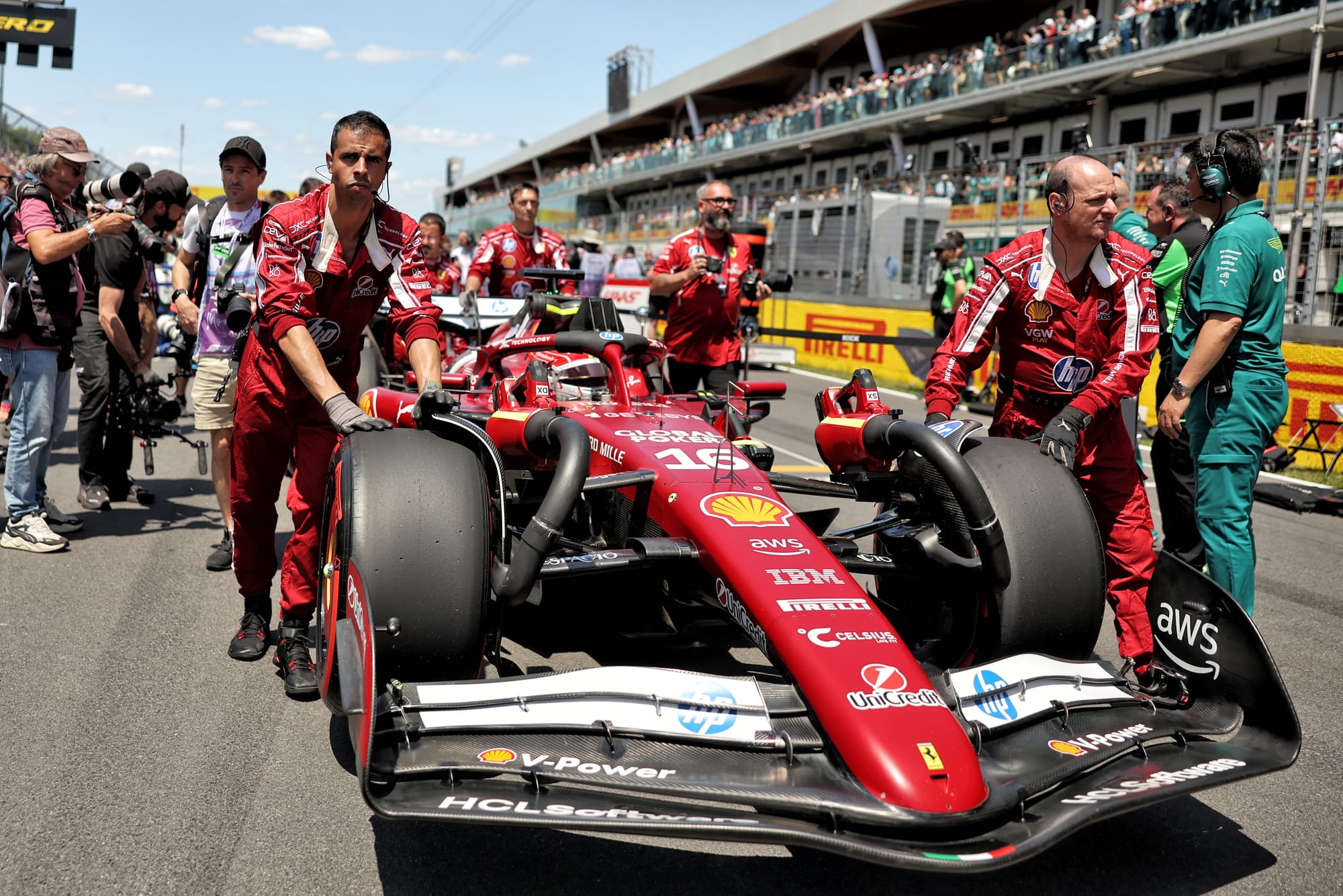
Canada proved to be another 'what if?' event for Ferrari as it was left ruing what should have been a much better outcome.
Ferrari was under the media spotlight from Thursday after Italian reports that team boss Fred Vasseur was under pressure to turn things around if he was going to have his contract extended.
So things could not have got off to a worse start as Charles Leclerc had a chassis-crunching crash in FP1 and missed FP2.
Then, just as he looked to have got things back on track by qualifying and had set a purple opening sector in Q3, a mistake derailed his lap and left him too far down the grid to do much damage on Sunday.
Whether or not Leclerc's requests on Sunday for a one stop should have been heeded and Ferrari left a better result on the table is up for debate, but a perfectly executed weekend would have been a strong one for the team.
Hamilton enjoyed a more progressive weekend to end up fifth on the grid, as Ferrari avoided the aero drop-off issues in practice that have clouded previous events.
But his own hopes of getting near the front were ruined when he hit a groundhog early in the race and the damage robbed him of 20 points of downforce.
Vasseur said Ferrari "made too many mistakes collectively from the beginning" - which, unfortunately, is now a key theme of Ferrari's season.
Tsunoda had new spec but no points (again)
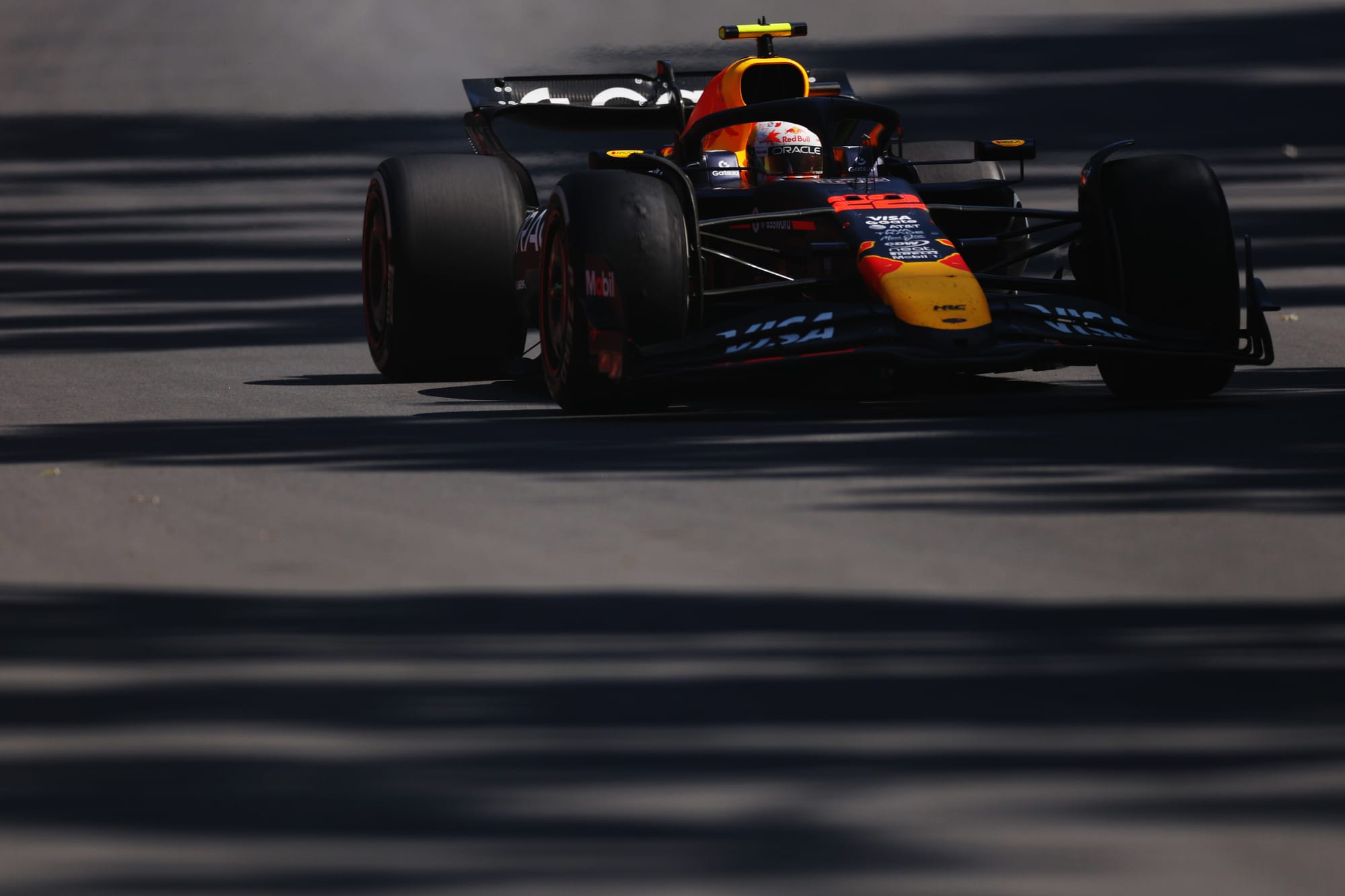
Yuki Tsunoda has three point-less races in a row for Red Bull despite being back up to date with his car specification.
Tsunoda's been missing a new floor compared to team-mate Verstappen ever since his big crash in qualifying at Imola, so carried older components through that race, plus the Monaco and Spain weekends.
Red Bull managed to bring new parts to Montreal that were on Tsunoda's car by final practice, and he showed a more encouraging turn of speed - but he still wasn't particularly quick, and he ruined his own weekend anyway.
Tsunoda narrowly missed out on a Q3 appearance, which would have been his first since Miami in early May, but was almost half a second slower than Verstappen in the process.
And he had to start last anyway because of a 10-place grid penalty picked up for overtaking Piastri during a red flag in practice.
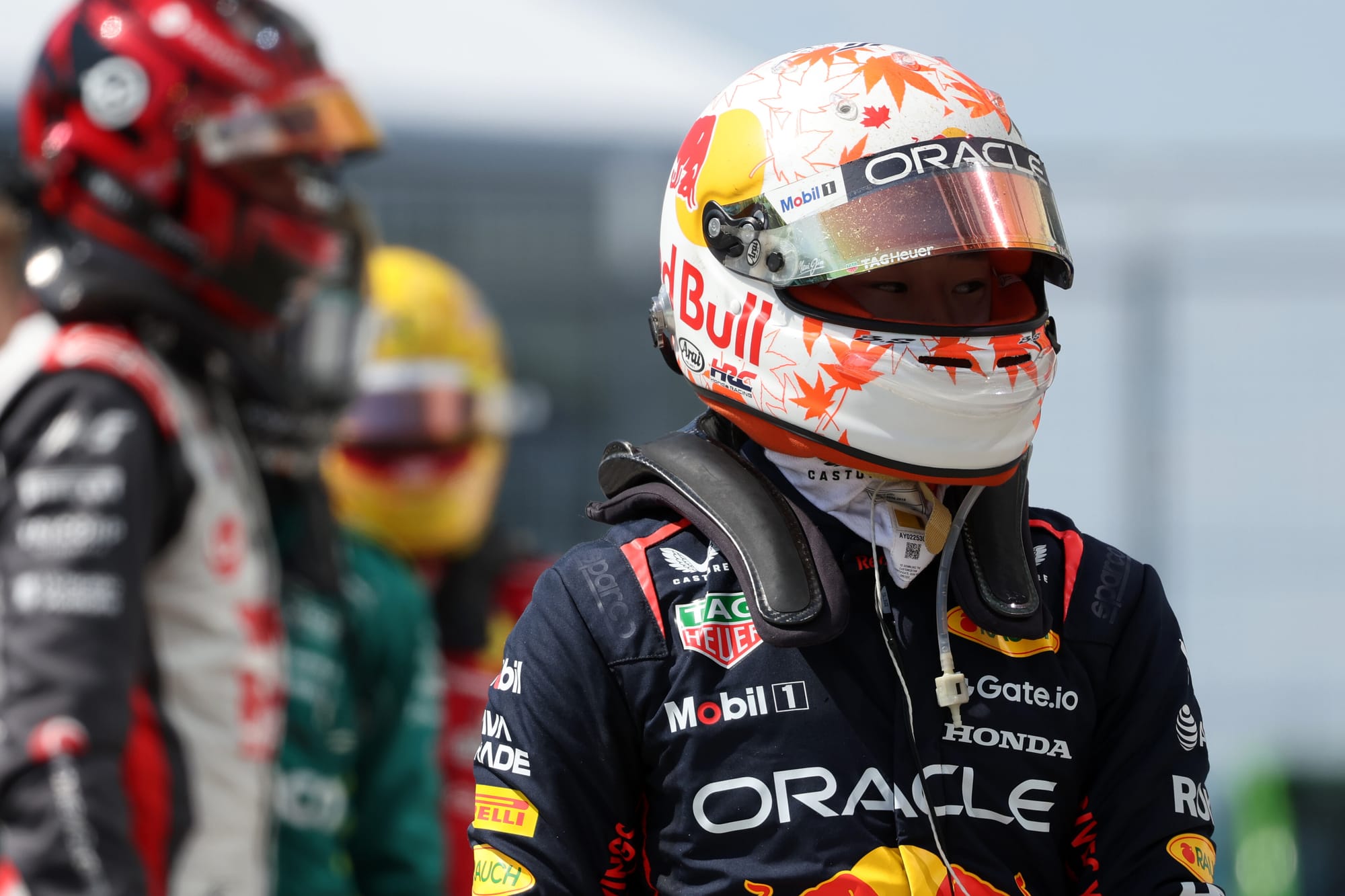
Tsunoda was very unhappy with what he called a "ridiculous" penalty, but it was his own fault, and a needless complication.
More disappointing, though, was a pretty limp race from the back and watching the likes of Esteban Ocon and Carlos Sainz grab points on the same strategy as him because he just wasn't quick enough to pass them.
Williams isn't as safe as it's looked
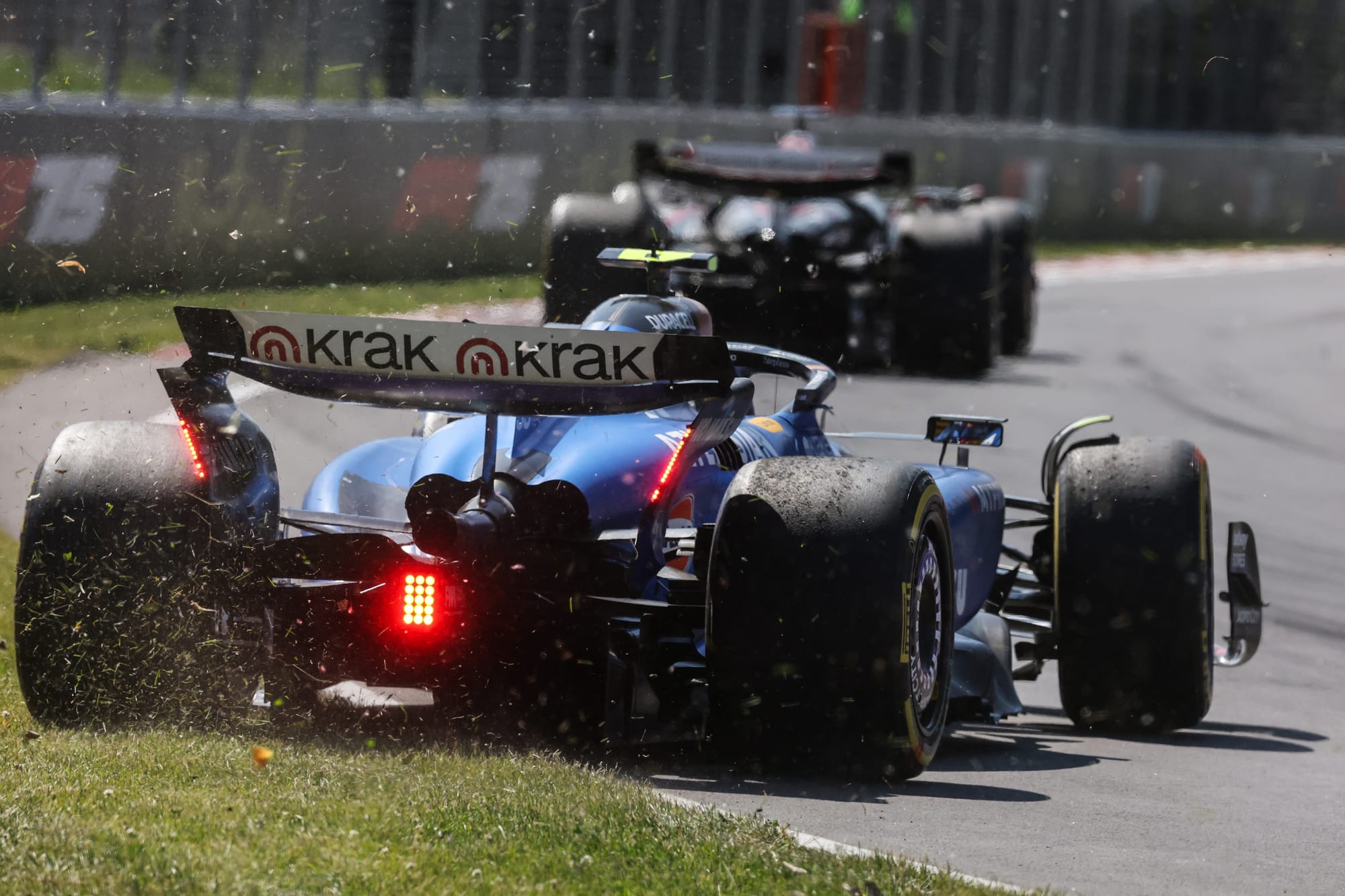
Williams's peaks have been so high this season that while having both cars in the top three in FP1 in Canada was a mirage, practice still seemed legitimately strong: fourth and seventh in FP2, then ninth and 10th in FP3.
Alex Albon and Sainz never looked like anything other than serious points threats. Until it fell apart across qualifying and the grand prix.
Albon started ninth but had a poor start, while Sainz was 17th on the grid after a Q1 elimination because he was impeded by Isack Hadjar, so both cars ran outside the points early on.
While a very-well-executed one-stop strategy starting on the hards allowed Sainz to steal a point, a grumpy Albon was running near the back due to Williams keeping him out too long on mediums in the first stint - and an engine problem forced Albon to retire.
A solitary point means Williams is on quite a meagre run over the last three events, and is coming under more pressure race-by-race by improving rivals.
Its hold on fifth in the championship is still strong, but not as secure as it once looked.
The group of teams behind, now headed by Haas after Ocon finished ninth on the same strategy as Sainz, are chipping away at the gap.
What might help Williams is they are all taking turns to score bigger chunks of points.
Alpine's getting left behind
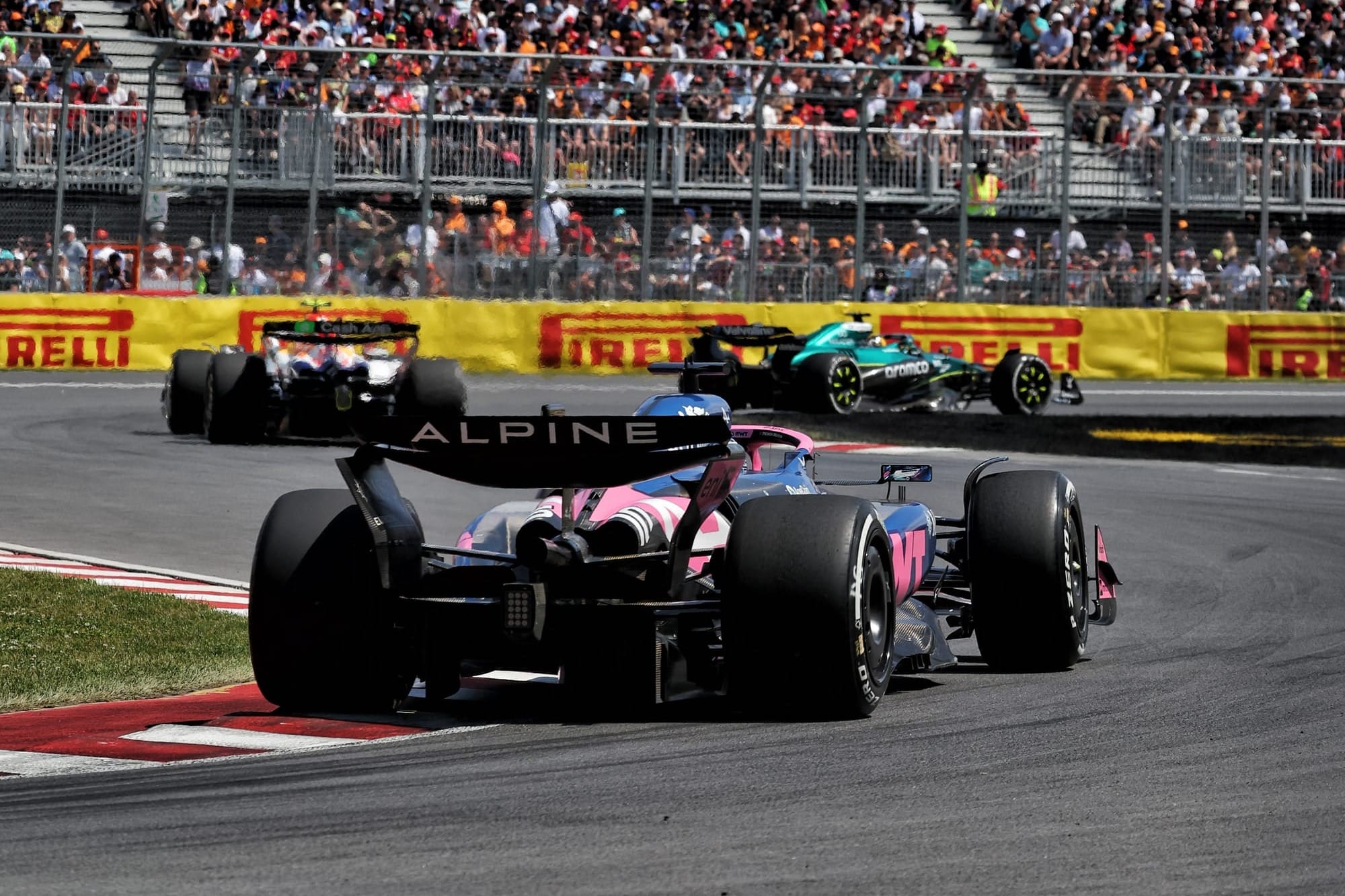
Alpine's pre-season promise has turned to dust this season. It's now cast adrift in last in the championship with just 11 points, nine points behind Sauber.
Sauber's Barcelona upgrade package has given it the performance it needs to contend for points. Nico Hulkenberg followed up his remarkable fifth place in Spain with eighth in Canada, a drive that was actually very similar to the one he delivered two weeks ago, just without the boost of the charge on fresh tyres after the restart.
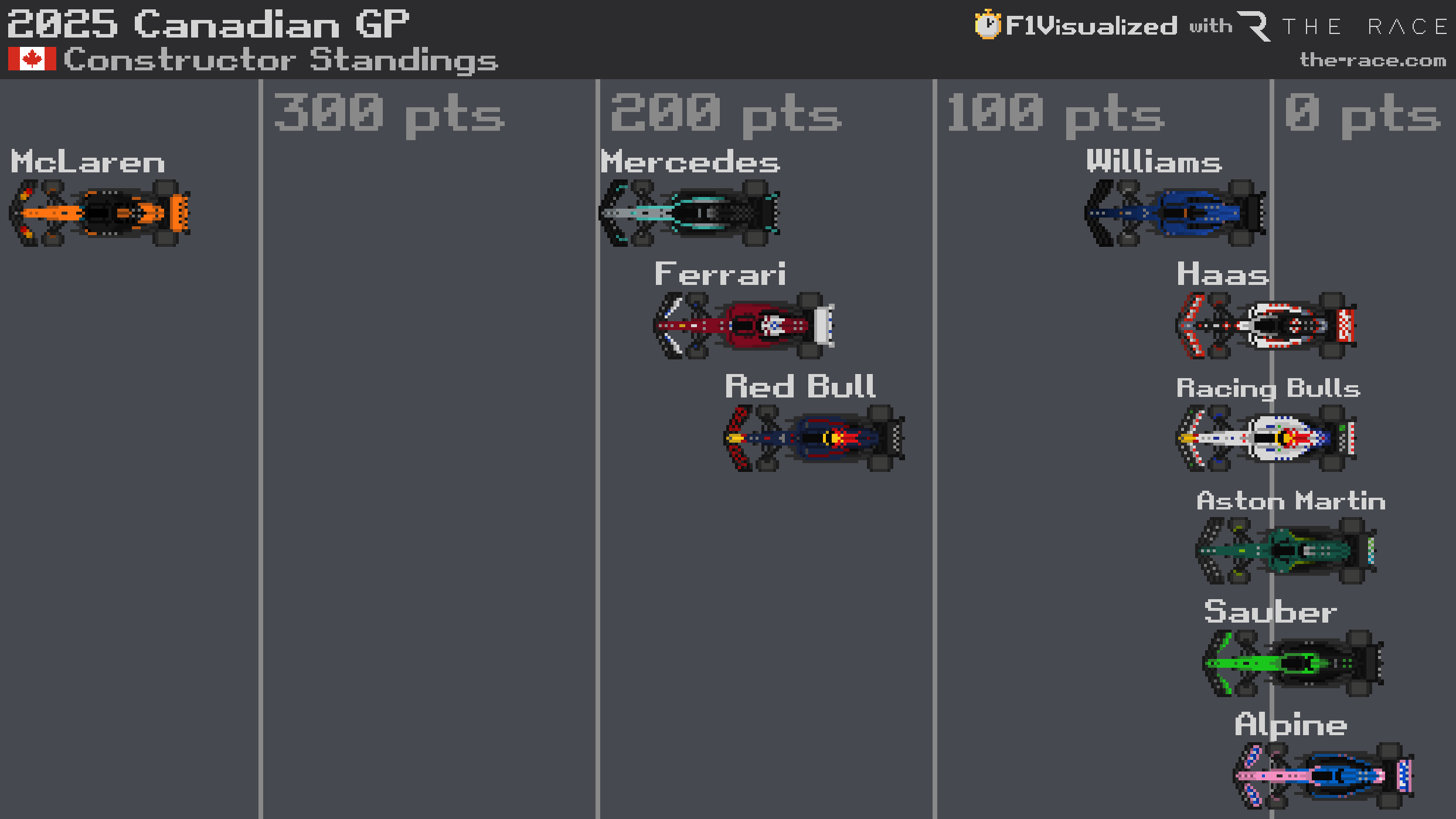
This all leaves Alpine looking shaky. That said, points should have been possible in Montreal. Franco Colapinto ran 10th early on but was shuffled back thanks to strategy, while Gasly had the pace to have threatened for a Q3 place before a red flag contributed to his elimination in Q1.
Most concerning for Alpine is its weakness in battle because the package is not built for combat thanks to its power deficit and less efficient ERS harvesting.
On average, it's had the seventh-fastest car this season but that's only been turned into points finishes twice - by Gasly in Bahrain and Spain.


